
Top 7 Search Engines for Shopping to Boost Visibility & Sales 2024
The ecommerce market is highly competitive, and people have a lot of online shops to buy from. That's why they like to compare prices before making a purchase. One of the easiest ways to do this is by using shopping search engines. These platforms make it simple to find products of all kinds, from clothing to fashion accessories, cosmetics, gadgets, and more. Unlike general search engines that search the entire web for information, shopping search engines are designed to help users find products quickly and efficiently. Recent data proves that 20% of e-commerce traffic across different product categories originates from shopping search engines. As an ecommerce store owner, it's important to get your products listed on these sites. But with so many options, which ones should you focus on? Today, we'll explore the top 7 search engines for shopping in 2024, their benefits, limitations, and prices.
What Are Shopping Search Engines?
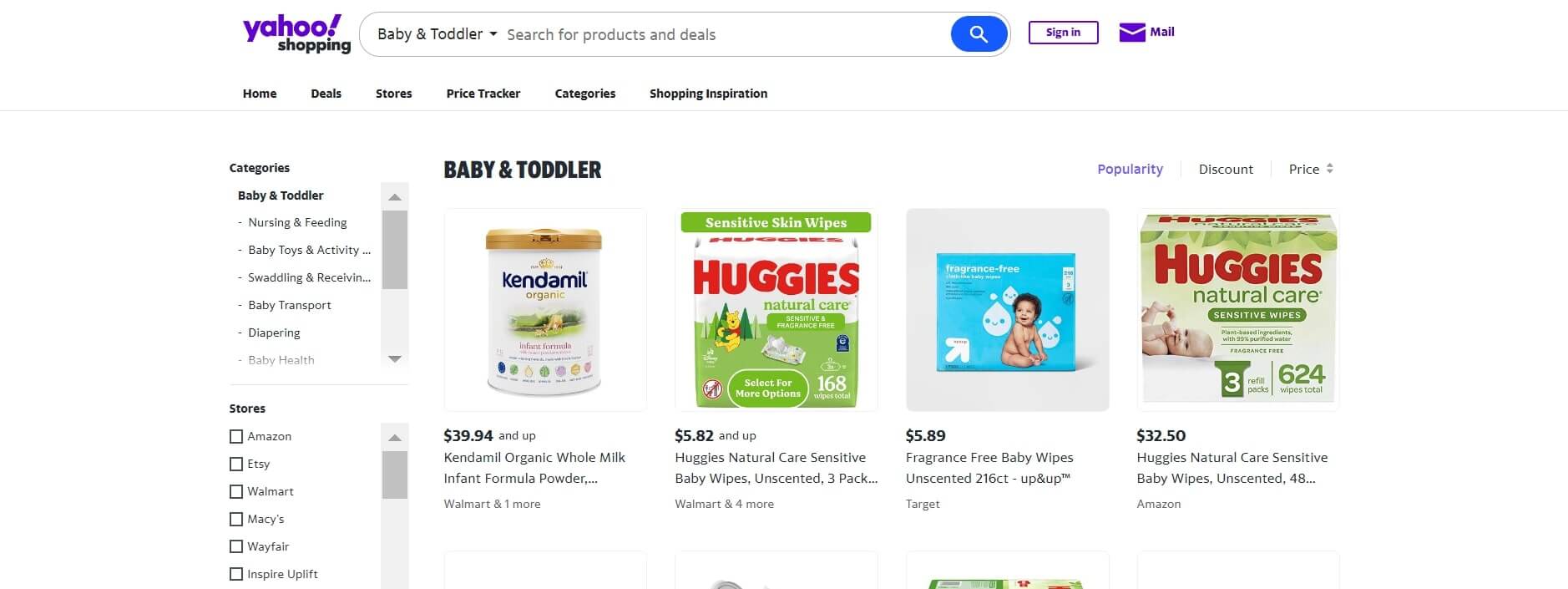
Shopping search engines are websites or tools that help people find products to buy. Their main purpose is to connect shoppers with the items they want by showing them detailed product listings. Popular examples of shopping search engines include Google Shopping, Amazon, and PriceGrabber. These platforms allow users to search for a specific item, filter results based on price, brand, or features, and then directly visit the seller’s website to make a purchase.
Why Do E-commerce Merchants Need Shopping Search Engines?
There are many benefits to using shopping search engines, especially with the high level of competition in today's market. It helps expand your customer base beyond your website. With this broader reach, you can attract new customers who might not have found your site. These search engines also make it simple for customers to find your products and compare prices across different stores. When potential buyers see a product image, its price, and other details on a shopping search engine, they are more likely to visit the website and make a purchase. This is because they have all the information they need to make a smart choice. As a result, businesses that offer this kind of information often see higher conversion rates. A report by Statista found that Google Shopping ads have a conversion rate of 2.35%, which is higher than traditional search ads. Another study reveals that 85% of consumers conduct online research before making a purchase, emphasizing the importance of being present on shopping search engines.
Key Features to Look for in Shopping Search Engines
When choosing a shopping search engine for your online store, it's important to consider several key features. These features will ensure that your products are easily found and attract more customers. They include:
Product Indexing and Categorization
One of the most important aspects of a shopping search engine is how well it indexes and categorizes products. A good search engine should be able to accurately catalog your products so that customers can find what they’re looking for quickly. Meanwhile, accurate categorization is equally important. When products are placed in the right categories, it makes it easier for customers to navigate the search engine and find the products they need.
User Interface and Experience
A user-friendly interface is important for both merchants and customers. For merchants, it should be easy to upload and manage products. For customers, it should be simple to search for and view products. You can look for engines that offer customization options. These can help you tailor the search experience to better engage users. Features like custom filters or promotional banners can enhance the shopping experience and make your store stand out.
Integration with E-commerce Platforms
Another feature to look out for is how well the shopping search engine works with popular online store platforms like Shopify, WooCommerce, and Magento. A perfect integration allows product details, stock levels, and prices to be automatically updated. This saves time and helps prevent mistakes. It's also super important that this connection is easy to set up. The search engine should have simple instructions and offer help if you get stuck. Some platforms might even have special tools, like plugins, that make setting everything up even easier.
Search Algorithms and Personalization
Advanced search algorithms and personalization are big improvements in shopping search engines. These features help show users the products they’re looking for, prompting them to buy a product. Search algorithms should be smart enough to understand what people are searching for, even if their requests are unclear or complicated. Also, personalization makes things even better by adjusting search results based on what the user likes, what they’ve looked at before, and what they’ve bought in the past. This can lead to more people buying things because the search engine is showing them items that match their interests.
Analytics and Insights
A good shopping search engine should offer analytics and insights to help you track the performance of your product listings. These tools can provide valuable information, such as which products are being searched for the most, which search terms are leading to purchases, and where customers are dropping off in the search process. With this information, store owners can improve their product listings, adjust prices, and improve their search strategies. Having access to detailed data helps you make smart decisions that can boost growth and increase sales.
Top 7 Search Engines for Shopping in 2024
As e-commerce continues to grow, the role of shopping search engines in connecting customers with the right products becomes increasingly important. Let’s look at the top 7 shopping search engines in 2024, and what makes each one special.
1. Google Shopping
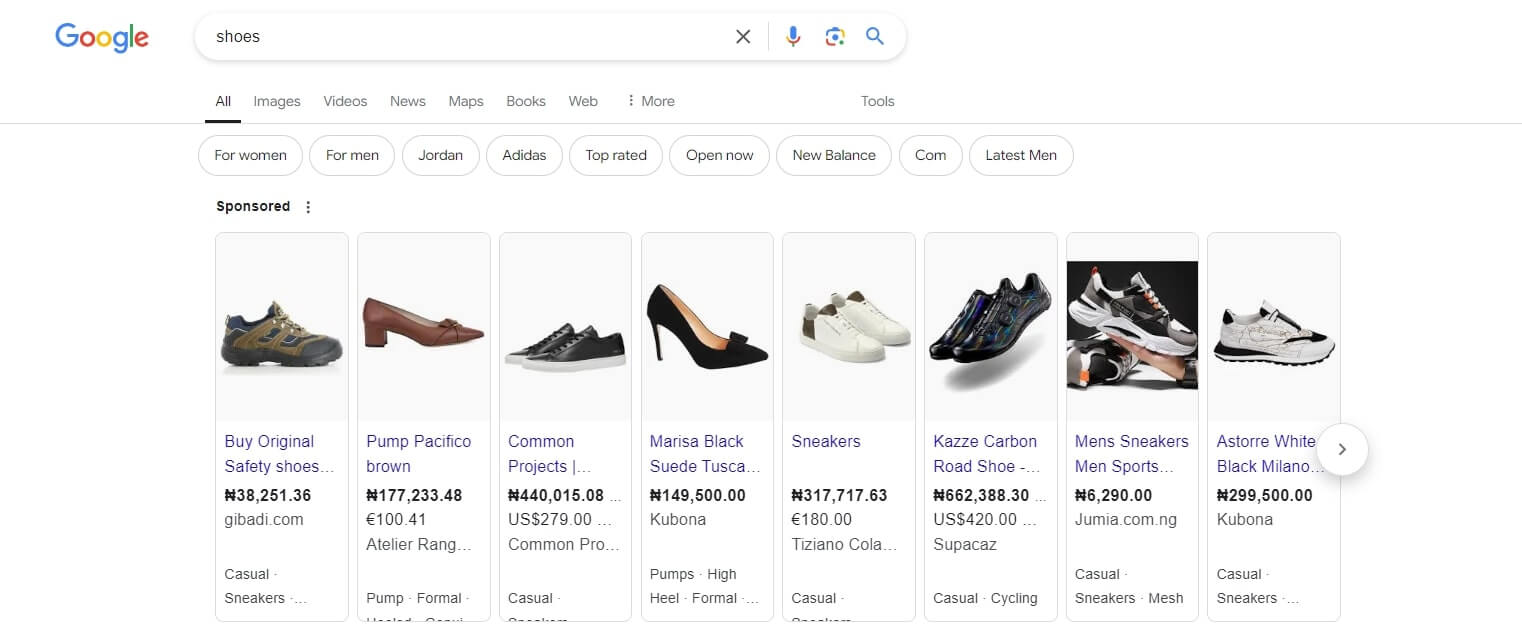
Overview and Key Features
Google Shopping, which used to be called Google Product Search or Froogle, is one of the most popular shopping search engines globally. It works by allowing merchants to list their products directly on Google’s platform, making them easily accessible to millions of potential customers. Google Shopping integrates with Google Ads, allowing merchants to promote their products through paid listings at the top of search results. In the US, Google Shopping Ads now account for 76.4% of all money spent on retail search ads and get 85.3% of all clicks. Some of its features include:
- Listing of products that appear on Google Search
- Price comparisons
- Option to sort products by different features.
Pros
- High visibility
- Targeted ads to reach people specifically searching for products like yours.
- Provides data on product performance, helping you understand customer behavior.
Cons
- Can be expensive, especially for competitive keywords and products.
- Strict shipping policies
- Managing and optimizing listings can be complex.
Tips for Optimization
- Include keywords that customers use when searching for products similar to yours.
- Use clear and appealing images to attract attention.
- Use Google Shopping’s analytics to track and improve your product listings.
2. Amazon Marketplace
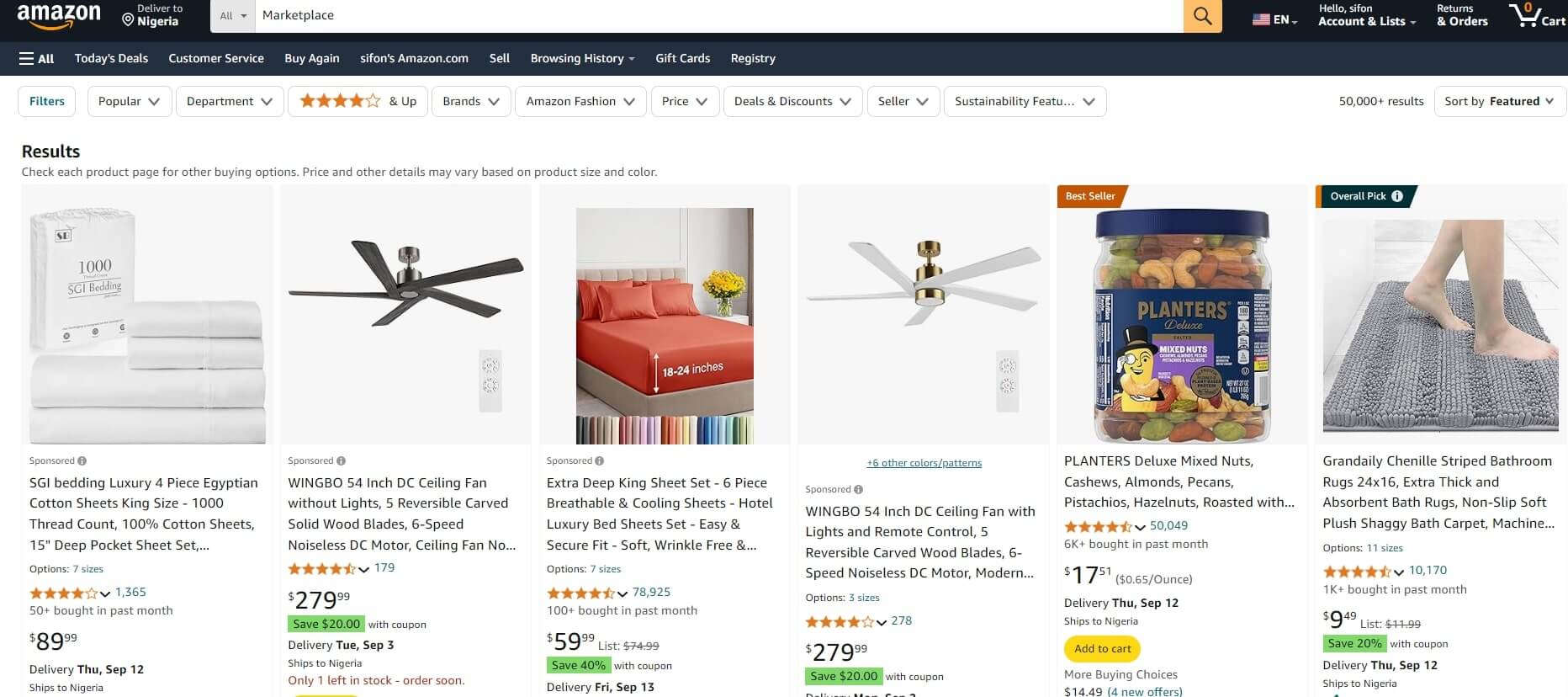
Overview and Key Features
Amazon Marketplace is a dominant force in the world of online shopping. It functions as both a shopping search engine and an e-commerce platform, where millions of customers search for and purchase products daily. Amazon’s extensive customer base and great features make it one of the preferred platforms for many e-commerce merchants. They include:
- Offers ads like sponsored products, which allow sellers to promote their items directly in search results.
- Sellers can use Amazon’s warehouses and delivery network, making shipping faster and more reliable for customers.
- Products marked as "Prime" often get more visibility and attract more buyers.
Pros
- Access to millions of potential buyers.
- The Fulfillment by Amazon program simplifies logistics, making it easier to scale your business
- Gives your products a level of trust.
Cons
- Charges various fees, including referral fees and FBA costs.
- There’s tough competition, both from other sellers and Amazon’s products.
- Selling guidelines are strict and must be followed closely.
Tips for Optimization
- Use important keywords in your titles and descriptions to boost search results.
- Good reviews improve your product’s visibility and credibility.
- Invest in Amazon’s advertising tools to boost visibility in search results.
3. Bing Shopping
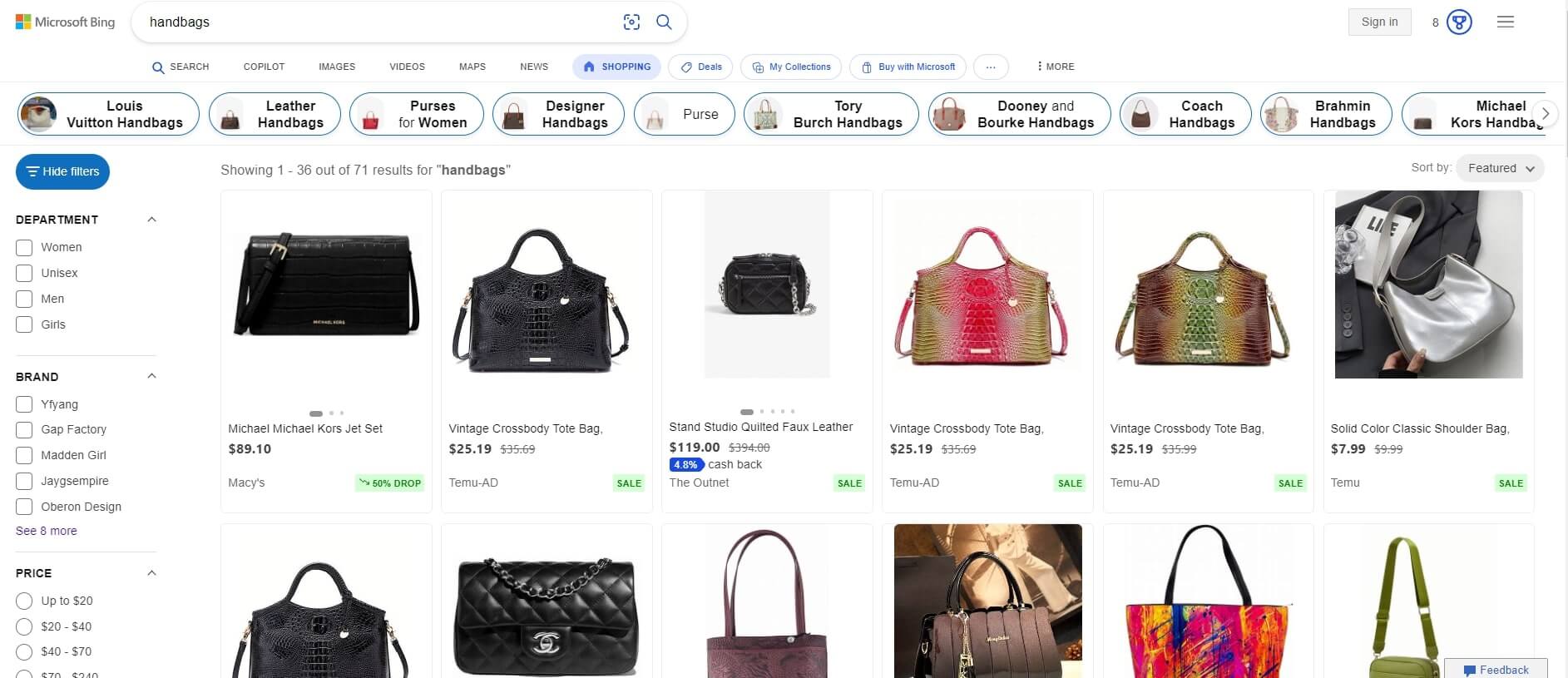
Overview and Key Features
Bing Shopping is a feature of Microsoft’s Bing search engine that allows users to search for and compare products from various online retailers. It also integrates smoothly with Microsoft’s other tools, like Bing Ads, giving sellers additional advertising options. While Google Shopping dominates the market, Bing Shopping provides access to a different audience. However, If you like Google Shopping, listing your products on Bing Shopping can help you reach more customers who use Bing as their main search engine. With that being said, Bing shopping has other exclusive features below:
- Useful for targeting users who prefer Microsoft.
- Merchants can create sponsored product listings that appear at the top or side of search results
- Includes many filters to help users find what they want
Pros
- There’s less competition on Bing Shopping compared to Google.
- Sellers can set spending limits and other rules to ensure their budget is used effectively.
Cons
- The interface is more complicated and less flexible
- Since it is not as widely used, fewer people may see your products.
- Lacks some advanced features and integrations.
Tips for Optimization
- Just like with other search engines, using accurate and relevant keywords in your product titles and descriptions helps improve visibility.
- Run ads to enhance your product visibility
- Regularly track your campaigns and adjust as needed
4. eBay Shopping
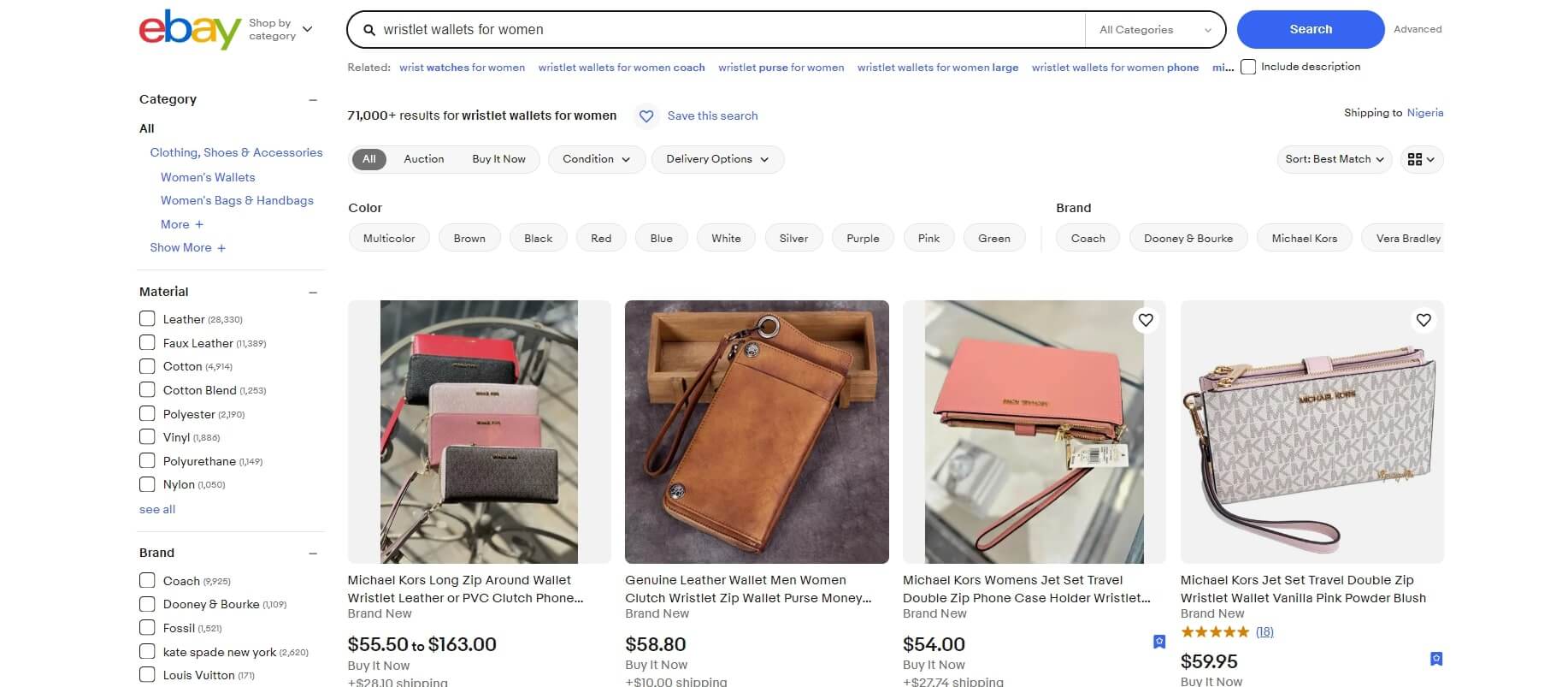
Overview and Features
eBay Shopping now known as eBay Commerce Network is a strong paid comparison shopping site that gives retailers more control and the ability to bid at the category level. For two quarters in a row, it has had the second-highest traffic among shopping engines, partly because its listings also appear on Google Shopping. With its cost-per-click (CPC) bidding model, eBay Commerce Network is a good option for online retailers. Its advanced features are:
- Users can search for products using images
- The Buy It Now option allows users to purchase items immediately at a fixed price
- Algorithms that suggest products based on what users have looked at or bought before.
Pros
- Gives sellers access to millions of buyers worldwide.
- Helps build trust with buyers through feedback and ratings
- Sellers can choose between auction-style listings or fixed-price options
Cons
- Tough competition from businesses offering similar products at lower prices.
- Listing Complexity
Tips for Optimization
- Provide accurate, detailed descriptions with key features, and specifications
- Research similar products to price your items competitively, considering both auctions and fixed prices.
- Maintain good customer service, and updated listings to earn positive feedback.
5. Walmart Marketplace
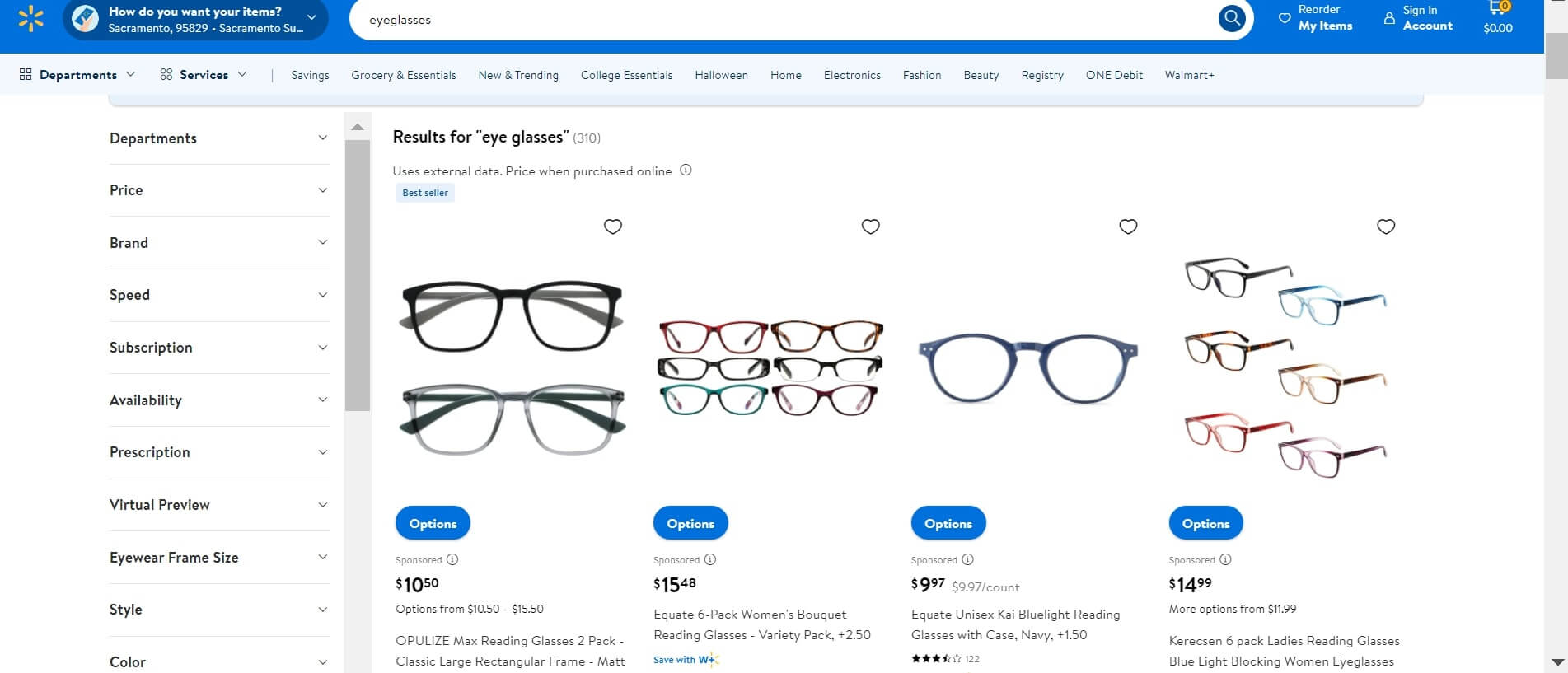
Overview and Features
Walmart Marketplace has grown rapidly as a shopping search engine, especially in the U.S. It allows third-party sellers to list their products on Walmart’s website, giving them access to Walmart’s vast customer base. Other key features are:
- Sellers can upload and manage product listings in bulk
- Offers same-day, two day and three-day delivery
- Incorporates advanced search algorithms and filters
Pros
- Walmart’s trusted reputation gives sellers an edge, especially for new businesses.
- Vast customer base, both online and in-store.
- Fees are lower than those of other major marketplaces
Cons
- High standards for product listings, customer service, and fulfillment, can be difficult for some sellers to meet.
- Competition is fierce, especially in popular categories.
- Less flexibility in customizing your product listings and storefront.
Tips for Optimization
- Use professional, high-resolution images that highlight your product’s best features.
- Provide good descriptions with important details that buyers need.
- Adopt Walmart Fulfillment Services (WFS) to ensure quick delivery
6. Etsy Search
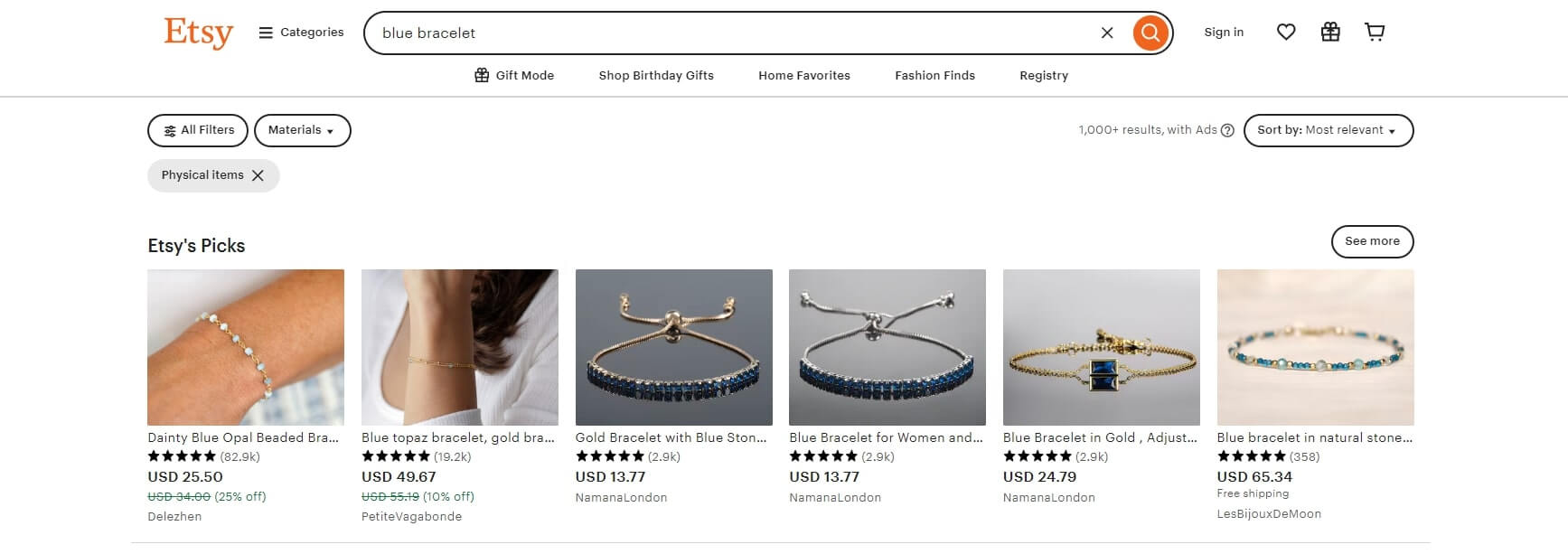
Overview and Features
Etsy is designed for sellers who offer handmade products, vintage goods, and craft materials. The platform’s search engine is optimized to showcase items that fall within these categories, making it easier for customers to find exactly what they’re looking for. You'll find features like:
- Sellers design their storefronts to reflect their brand’s personality
- Offering personalized products, which are highly sought after by buyers.
- Resources, forums, and workshops to help sellers grow their businesses.
Pros
- Attracts buyers specifically looking for unique, handmade, or vintage items.
- Reduced competition
- Has tools to track your orders, earnings, the number of people who love your items, and how many have viewed your shop and listings
Cons
- Limited product categories
- The search algorithm can be tricky to master, and it requires constant updating of listings to stay relevant.
Tips for Optimization
- Participate in Etsy forums and groups to build your brand’s reputation
- Use relevant tags to improve your products’ searchability
- Emphasize what makes your products special, using keywords that reflect your niche
7. Facebook Shops
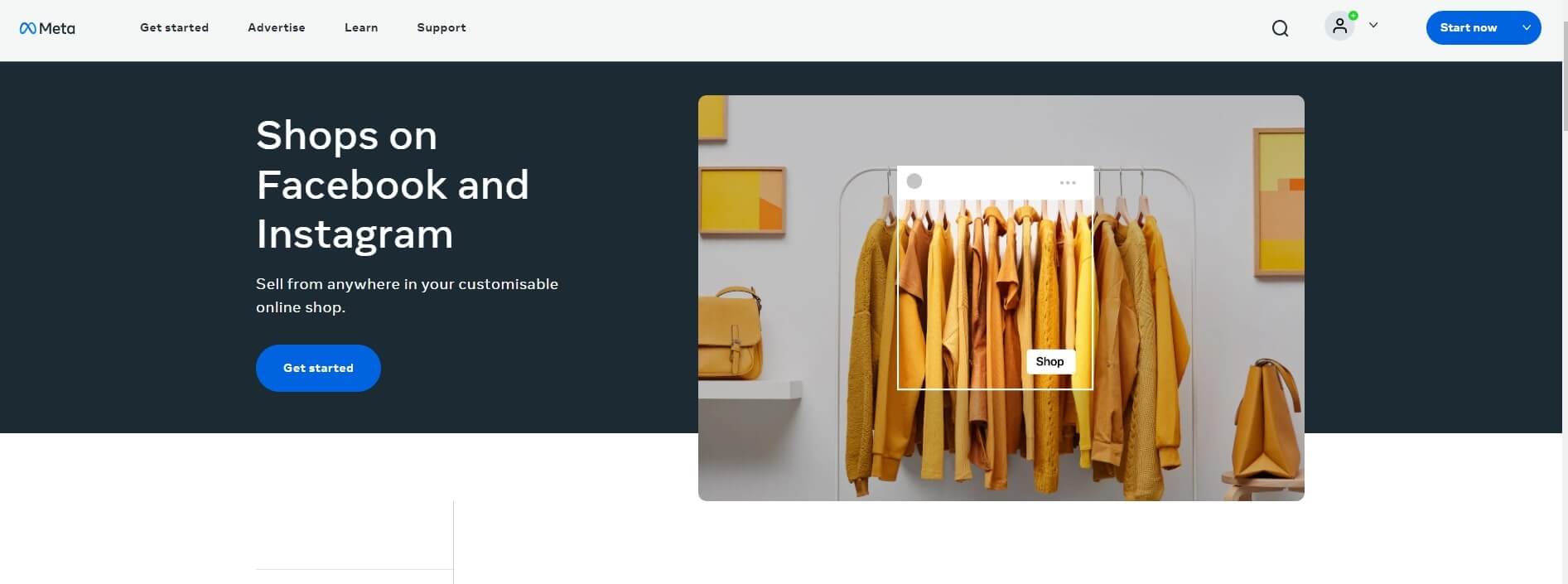
Overview and Features
Facebook Shops is an emerging shopping search engine that integrates social commerce with traditional e-commerce. It allows businesses to set up online stores directly on Facebook and Instagram, making it easier for users to discover and purchase products. Its features include:
- Customizable storefronts
- Get insight into sales performance
- Includes custom audiences in your ad campaigns
Pros
- Offers access to billions of potential customers.
- Facebook’s algorithms can personalize product recommendations based on user behavior
- Quite easy to manage
Cons
- Tough to stand out among competitors.
- Some customers may hesitate to shop through Facebook due to privacy issues related to the platform’s data practices.
- Your shop’s success is tied to how well you can engage with your audience on social media
Tips for Optimization
- Create posts that link directly to your Facebook Shop, making it easy for users to make purchases
- Use Facebook and Instagram to promote your shop and engage with your audience through posts, stories, and ads
- Respond to customer inquiries and feedback promptly to build trust and improve customer satisfaction
Comparison of Search Engines
| Search Engine | Features | Pricing |
|---|---|---|
| Google Shopping |
Product listings that appear directly in Google Search, Price comparisons, Ability to filter products based on various criteria. |
$0.66 |
| Amazon Marketplace |
Offers ads like Sponsored Products, which allow sellers to promote their items directly in search results, Sellers can use Amazon’s warehouses and delivery network, making shipping faster and more reliable for customers, Products marked as "Prime" often get more visibility and attract more buyers. |
$0.95 |
| Bing Shopping |
Useful for targeting users who prefer Microsoft, Merchants can create sponsored product listings that appear at the top or side of search results, Includes many filters to help users find what they want. |
$1.54 |
| eBay Shopping |
Users can search for products using images, The Buy It Now option allows users to purchase items immediately at a fixed price, Algorithms to recommend products based on a user’s browsing and purchase history. |
$0.20 |
| Walmart Marketplace |
Sellers can upload and manage product listings in bulk, Offers same-day, two day and three-day delivery, Incorporates advanced search algorithms and filters. |
$0.85 |
| Etsy Search |
Sellers design their storefronts to reflect their brand’s personality, Offer personalized products, which are highly sought after by buyers, Resources, forums, and workshops to help sellers grow their businesses. |
$5.00 |
| Facebook Shops |
Customizable storefronts, Get insight into sales performance, Include custom audiences in your ad campaigns. |
$1.81 |
Best Practices for Using Multiple Shopping Search Engines
Shopping search engines are tools that help people find exactly what they want to buy online. But how can you make sure your products are the ones people find? Here are some simple tips to get the most out of shopping search engines.
Diversification Strategy
Imagine you have a lemonade stand, and you want everyone in the neighborhood to know about it. If you only tell one group of people, others might never hear about your delicious lemonade. The same goes for selling products online. By listing your products on multiple shopping search engines, you reach more potential customers.
Consistent Branding Across Platforms
Now, think about your lemonade stand again. If you change the look of your stand every day, people might get confused and not recognize it. In the same way, when you sell products online, it’s important to keep your brand consistent across all platforms. This means using the same logo, colors, and messaging so that customers can easily recognize your brand, no matter which shopping search engine they use.
Monitoring Performance and Analytics
Let’s say you want to know which flavors of lemonade your customers like the most. You would watch and see which ones sell the best. This is similar to using analytics when selling products online. When you monitor how well your products are doing on different shopping search engines, you can see what’s working and what’s not. Analytics tools help you track the number of clicks, views, and sales, allowing you to make smart decisions about where to focus your efforts.
Future Trends in Shopping Search Engines
Shopping search engines are always changing and getting better. In 2024 and beyond, some exciting trends will shape how people shop online. One big trend is Artificial Intelligence (AI). AI helps search engines understand what people want, even if they don’t type in the exact words. It can suggest products based on your past searches and even help you find items that you might not have thought of before.
Another trend is voice search. You tell your device, “Find me a blue backpack,” and it instantly shows you options. Voice search is becoming more popular, and shopping search engines are getting smarter at understanding voice commands. There's also augmented reality (AR), a technology that lets you see how products look in real life before buying them. For example, you could see how a piece of furniture fits in your room or how clothes look on you without leaving your house.
Conclusion
The e-commerce world has grown tremendously. Now, shoppers have so many options that it’s almost impossible to check each one individually. Thankfully, shopping search engines simplify things for buyers. These tools allow customers to compare products, find the best deals, and save a lot of time. Because of this convenience, more and more people are turning to shopping search engines, and there are lots of them. It's important to find the one that suits your products best. So, why not try one out? With so many choices available, you're sure to find one that works perfectly for your products
